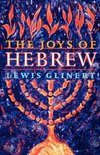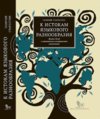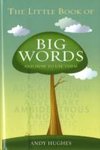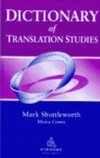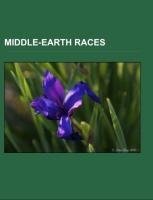
Middle-earth races
Source: Wikipedia. Pages: 35. Chapters: Hobbit, Man, Dwarf, Warg, Uruk-hai, Elf, Orc, Eagle, Ent, Middle-earth peoples, Troll, Half-elven, Barrow-wight, Huorn, List of Middle-earth peoples, Troll-man, Ainur, Vampire, Werewolf, Children of Ilúvatar. Excerpt:... Viac o knihe
Produkt je dočasne nedostupný
15.31 €
bežná cena: 17.40 €
O knihe
Source: Wikipedia. Pages: 35. Chapters: Hobbit, Man, Dwarf, Warg, Uruk-hai, Elf, Orc, Eagle, Ent, Middle-earth peoples, Troll, Half-elven, Barrow-wight, Huorn, List of Middle-earth peoples, Troll-man, Ainur, Vampire, Werewolf, Children of Ilúvatar. Excerpt: In J. R. R. Tolkien's legendarium, Elves or are one of the races that inhabit a fictional Earth, often called Middle-earth, and set in the remote past. They appear in The Hobbit and in The Lord of the Rings, but their complex history is described more fully in The Silmarillion. Tolkien had been writing about Elves long before he published The Hobbit. The modern English word elf derives from the Old English word ælf (which has cognates in all other Germanic languages). Numerous types of elves appear in Germanic mythology, the West Germanic concept appears to have come to differ from the Scandinavian notion in the early Middle Ages, and Anglo-Saxon concept diverged even further, possibly under Celtic influence. Tolkien would make it clear in a letter that his Elves differ from those "of the better known lore", referring to Scandinavian mythology. By 1915 when Tolkien was writing his first elven poems, the words elf, fairy and gnome had many divergent and contradictory associations. Tolkien had been gently warned against using the term 'fairy', which John Garth supposes may have been due to the word becoming increasingly used to indicate homosexuality. The fairy had been taken up by as a utopian theme by late 19th century writers and used to critique social and religious values, a tradition which Tolkien along with TH White are seen to continue. One of the last of the Victorian Fairy-paintings, The Pipe of Dreams by Estella Canziani, sold 250,000 copies and was well known within the trenches of World War 1, where Tolkien saw active service. Illustrated posters of Robert Louis Stevenson's poem Land of Nod had been sent out by a philanthropist to brighten servicemen's quarters and Faery was used in other contexts as an image of "Old England" to inspire patriotism. According to Marjorie Burns, Tolkien eventually chose the term elf over fairy, but still retained some doubts. In his 1939 essay On Fairy-Stories, Tolkien wrote that Traditional Victorian dancing fairies and el
- Vydavateľstvo: Books LLC, Reference Series
- Formát: Paperback
- Jazyk:
- ISBN: 9781156533413

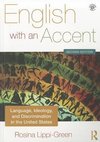
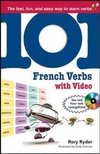
 Anglický jazyk
Anglický jazyk 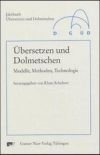
 Nemecký jazyk
Nemecký jazyk 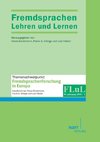
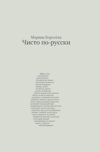
 Ruský jazyk
Ruský jazyk 
